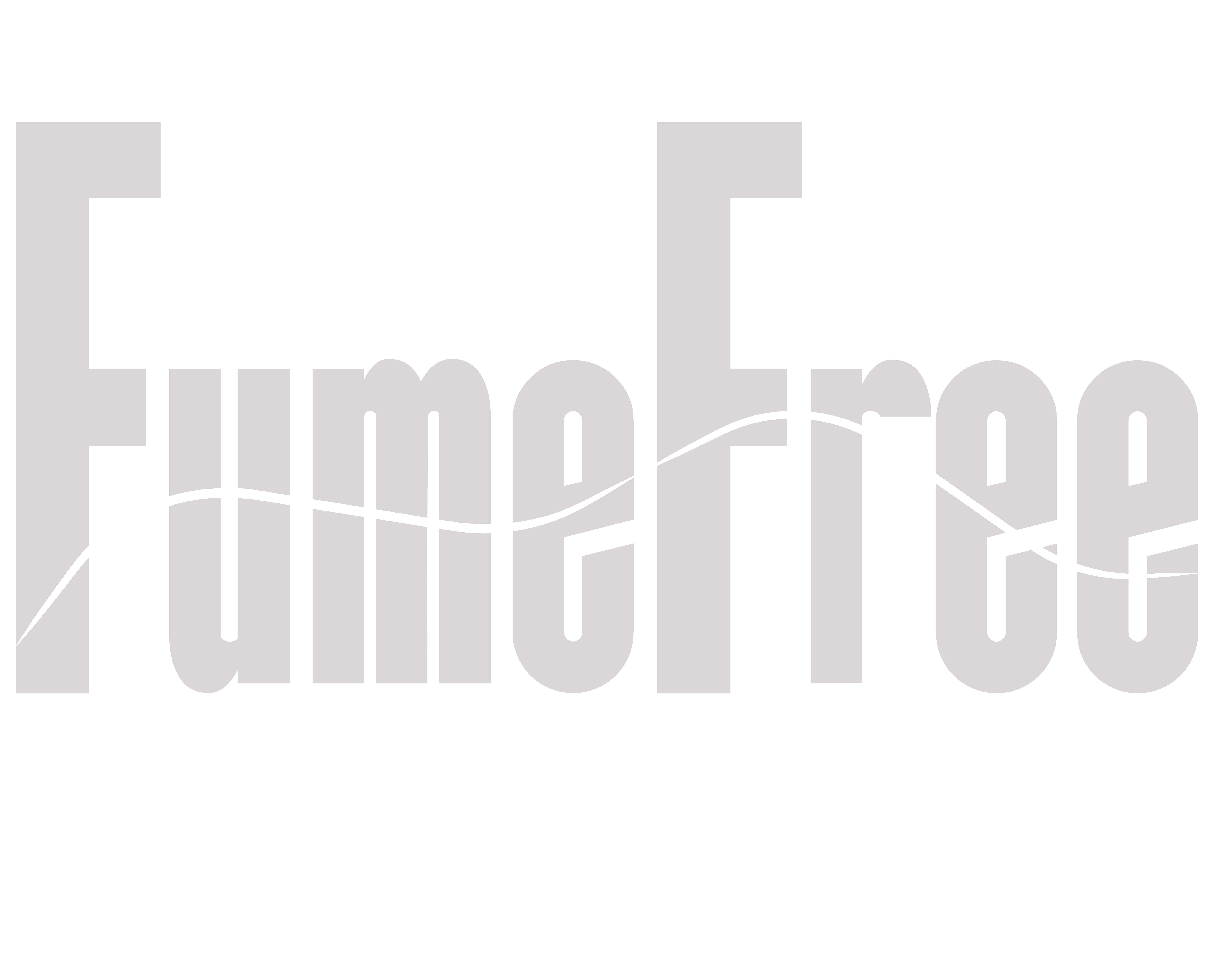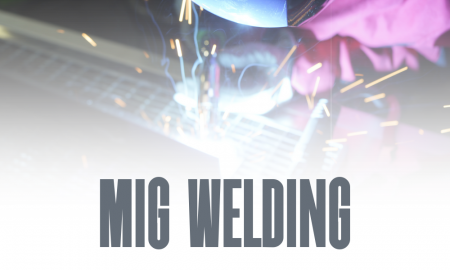Manual Tungsten Inert Gas (TIG) welding constitutes a precise and versatile welding process utilizing a non-consumable tungsten electrode to form a weld. TIG Welding Procedures finds extensive application in welding thin sections of stainless steel, aluminum, and other non-ferrous metals, delivering high-quality, clean welds with minimal spatter.
Nevertheless, akin to numerous welding processes, TIG welding generates fumes and airborne contaminants, posing potential health risks to welders if not adequately managed. Fume extraction stands as a critical aspect in ensuring a safe and healthy working environment for welders.
Fume extraction systems aim to capture and eliminate welding fumes and particulate matter from the air. In TIG welding contexts, these systems typically comprise a hood or a capture device positioned near the welding arc to effectively collect fumes as they arise. The system then channels the extracted air through filters or other purification methods to eliminate harmful substances before reintroducing it into the workspace or outside.
Effective fume extraction not only shields the welder from inhaling hazardous substances but also upholds the overall air quality in the welding environment. Proper ventilation proves essential for compliance with occupational health and safety regulations and for establishing a comfortable and secure workplace.





